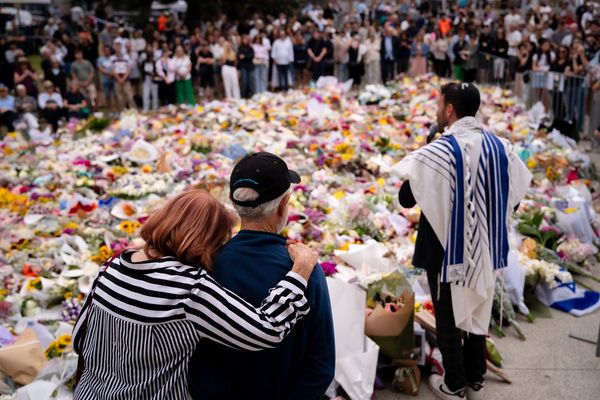Lately there has been a good deal of talk among urban planners and others who think about cities concerning so-called 15-minute neighborhoods. In these districts, everything necessary for everyday life would be within walking distance of one’s home. Naturally, this would cut down on fossil fuel consumption and pollution.
For those of us of a certain age, this is hardly a new concept. I, like many other Chicagoans, grew up in such a place. In my case it was the Back of the Yards on the South Side.
Our apartment was in a three-flat just a short walk from Sacred Heart Church and its parochial school, or, if you were a Lithuanian American, from Holy Cross parish. Each of the 14 Catholic churches in the neighborhood had one or two funeral parlors located close by. Public schools served the neighborhood. Columbia Hall, Pulaski Hall and tavern halls provided locations for wedding receptions, funeral lunches, ethnic celebrations and other communal events. Davis Square Park and Cornell Square Park were a stone’s throw away.
Almost every corner had a small grocer, a candy store, a bakery, a meat market or a tavern. Some of these served a particular ethnic group, but most were open to just about anyone in the neighborhood. The two busy streets, West 47th Street and Ashland Avenue, held a plethora of businesses, including a Goldblatt’s and Meyer Brother’s department stores.
Grocery chains such as the National Tea Co., Jewel Foods, A&P, and later, IGA, also served the neighborhood. Fuka Men’s Wear and Goldberg’s provided a source of fashionable clothing. Small restaurants, Army and Navy Stores, florists and dry cleaners, as well as toy stores, settled along the streets.

Even a wonderful used bookstore was located near the railroad viaduct on 49th and Ashland. Five and 10-cent stores and pharmacies abounded. Doctor’s offices held regular hours, and small but important hospitals also provided care.
The stockyards, whose stench and pollution covered the neighborhood, provided employment, as did the many other industries that surrounded the community. Everything was within a short walk. Streetcar lines, and then buses, connected the neighborhood to the rest of the city.
This was not unusual in the city’s many ethnic and racial neighborhoods. The truth was that many of these neighborhoods had a dark side as well. They could be very parochial and suspicious of outsiders. They were racially segregated and, in many ways, ethnically segregated within neighborhood boundaries. Polish Chicagoans mostly attended their own churches and sent their children to Polish parochial schools, as did other ethnic groups. The houses near those churches tended to be occupied by the ethnic group that the parish served. Street gangs often reinforced those boundaries. While they had a small-town feel, they also created a sense that everyone knew everyone else’s business.
A better version of the past
What happened? Automobiles made residents more mobile. They began to shop at big box stores that offered more goods at cheaper prices and free parking. This eventually drove the little stores out of business. Once the older generation died, many of their children moved away, leaving little reason for the ethnic churches and businesses to exist. Many felt they were leaving a crowded community behind to find more room in the suburbs and for a single-family home far away from the industrial pollution that covered the old neighborhood.
Suburban zoning laws did not allow the population density or mixture of uses that prevailed in Back of the Yards and other such places. As a result, 15-minute neighborhoods were lost to the expressways and suburbs that transformed the city.
Racial change took place, and when these new groups moved in, they found a neighborhood that suffered from disinvestment, and many became food deserts.
The Back of the Yards survived in a truncated form thanks to the Back of the Yards Neighborhood Council and the many newer entrepreneurs, of different ethnicities and races, who took over the shops. The stockyards are gone, but the industrial park that replaced it is still supplying employment.
The 15-minute neighborhood was an ideal that provided employment, both for adults and teenagers who worked in the many stores and local businesses. It afforded an engine for upward mobility. The model presented a secure base that urban planners once shunned as old-fashioned. Now is maybe a time to bring it back in a less parochial, more cosmopolitan and more inclusive way.
Dominic A. Pacyga is professor emeritus of history at Columbia College Chicago and the author of several books on Chicago’s history, including his latest, “American Warsaw: The Rise, Fall, and Rebirth of Polish Chicago.”
Send letters to letters@suntimes.com
The views and opinions expressed by contributors are their own and do not necessarily reflect those of the Chicago Sun-Times or any of its affiliates.







